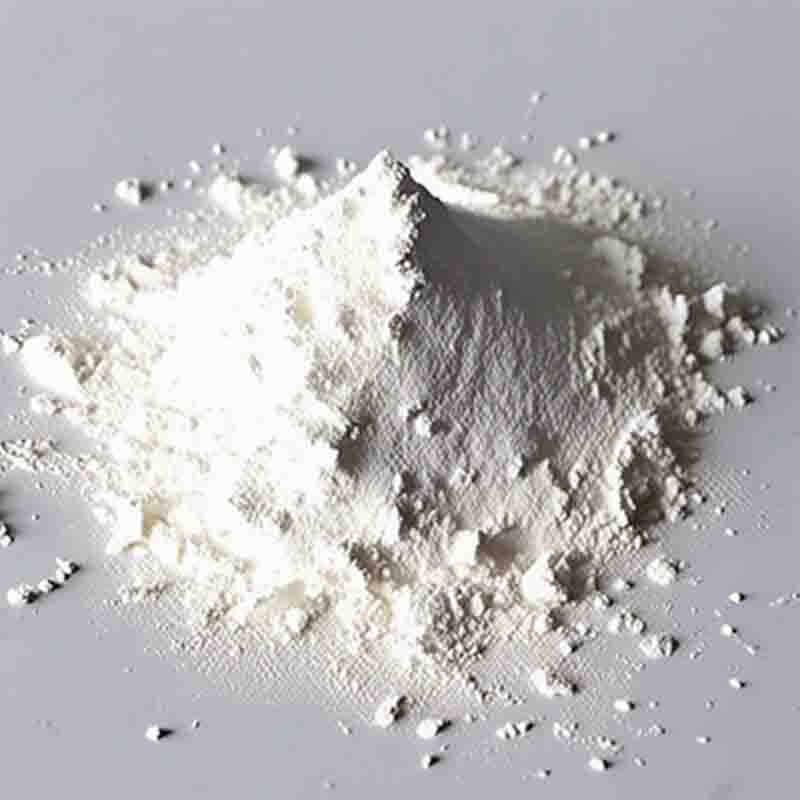PALLADIUM(II) TRIFLUOROACETATE CAS: 42196-31-6
| Catalog Number | XD94391 |
| Product Name | PALLADIUM(II) TRIFLUOROACETATE |
| CAS | 42196-31-6 |
| Molecular Formula | C4F6O4Pd |
| Molecular Weight | 332.45 |
| Storage Details | Ambient |
Product Specification
| Appearance | White powder |
| Assay | 99% min |
Palladium(II) trifluoroacetate (Pd(TFA)2) is a highly useful compound in various catalytic reactions. It is a coordination complex of palladium(II) with trifluoroacetic acid (TFA), where the metal center is coordinated with two trifluoroacetate ligands.Pd(TFA)2 has found extensive application as a catalyst in several organic transformations, particularly in carbon-carbon and carbon-heteroatom bond-forming reactions. One of its notable uses is in the Heck reaction, a palladium-catalyzed coupling reaction between an aryl or vinyl halide and an alkene. This reaction enables the synthesis of valuable organic compounds with high efficiency and selectivity.The trifluoroacetate ligands in Pd(TFA)2 provide several advantages in catalysis. The trifluoroacetate anions help stabilize the palladium center by donating electron density, thereby promoting catalyst activity. Additionally, the trifluoroacetate ligands can act as a source of anions during the reaction, facilitating the formation of intermediate reactive species. The trifluoroacetate ligands also enhance the solubility of Pd(TFA)2 in organic solvents, ensuring efficient reaction conditions.Furthermore, Pd(TFA)2 can be easily activated by incorporating various ligands or bases. These additional ligands can modify the reactivity and selectivity of the catalyst, allowing for fine-tuning of the reaction conditions. For instance, the addition of phosphine ligands can enhance the reactivity of Pd(TFA)2 in cross-coupling reactions, leading to accelerated reaction rates and improved yields.Pd(TFA)2 has also demonstrated its efficacy in other important catalytic processes. It has been employed in the synthesis of arylboronic acids, which are versatile intermediates used in a range of organic transformations. Additionally, Pd(TFA)2 has been utilized in the Mizoroki-Heck reaction, which involves the coupling of aryl or vinyl boronic acids with aryl or vinyl halides to form biaryls or styrenes, respectively.As with any catalyst, the choice of reaction conditions and substrate compatibility is crucial when using Pd(TFA)2. It is important to consider factors such as reaction temperature, solvent selection, and the presence of any functional groups that may be sensitive to the reaction conditions or the palladium catalyst itself.In conclusion, Palladium(II) trifluoroacetate (Pd(TFA)2) is a versatile catalyst in carbon-carbon and carbon-heteroatom bond-forming reactions. Its coordination with trifluoroacetate ligands imparts stability, enhanced reactivity, and solubility in organic solvents. By incorporating additional ligands, the reactivity and selectivity of Pd(TFA)2 can be fine-tuned for specific transformations. Pd(TFA)2 has proven to be a valuable tool in synthetic chemistry, enabling the synthesis of various organic compounds with high efficiency and control.


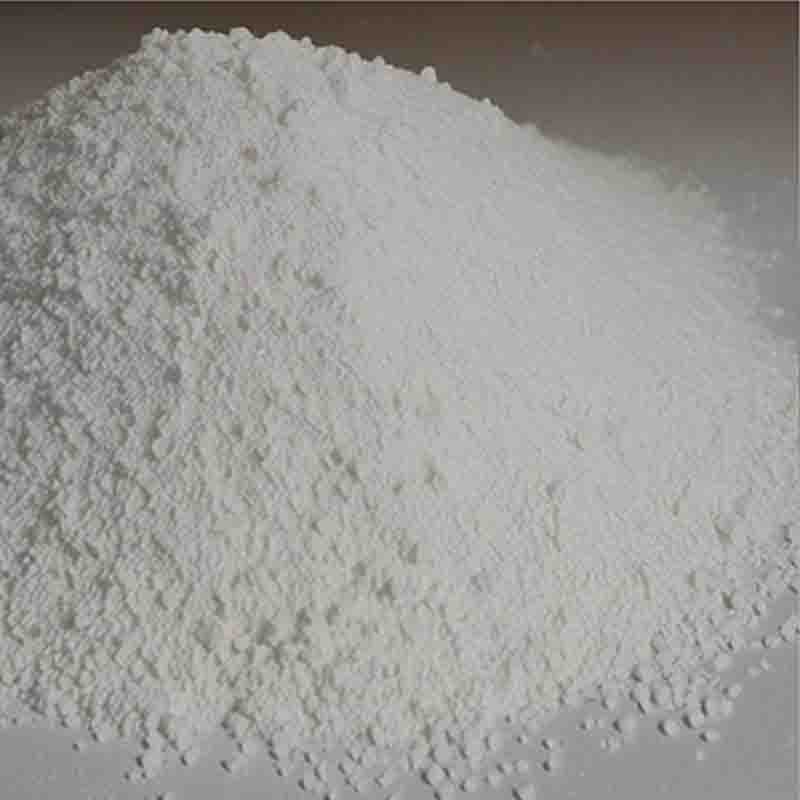

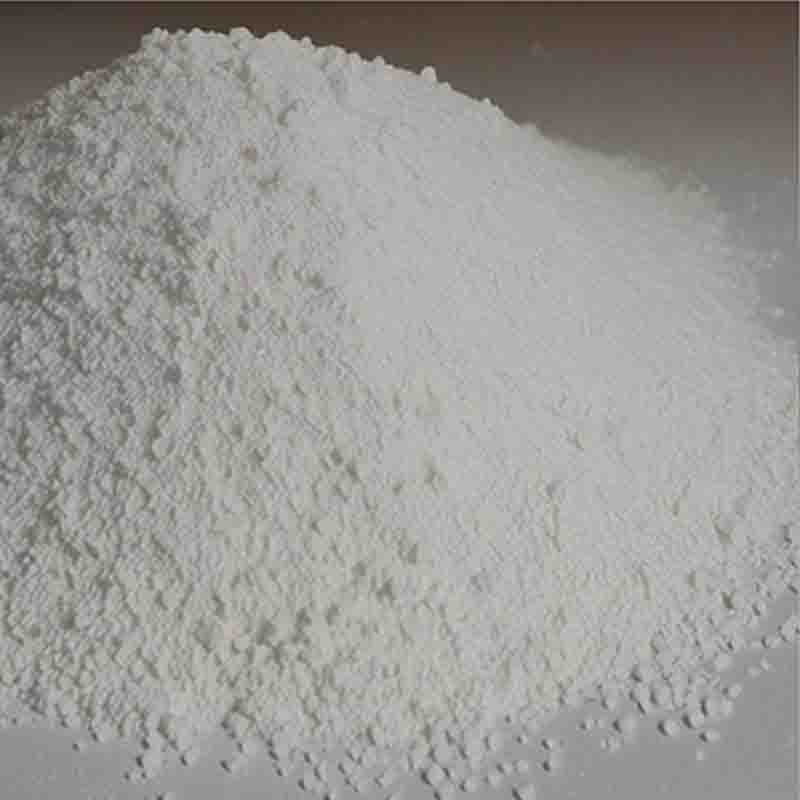
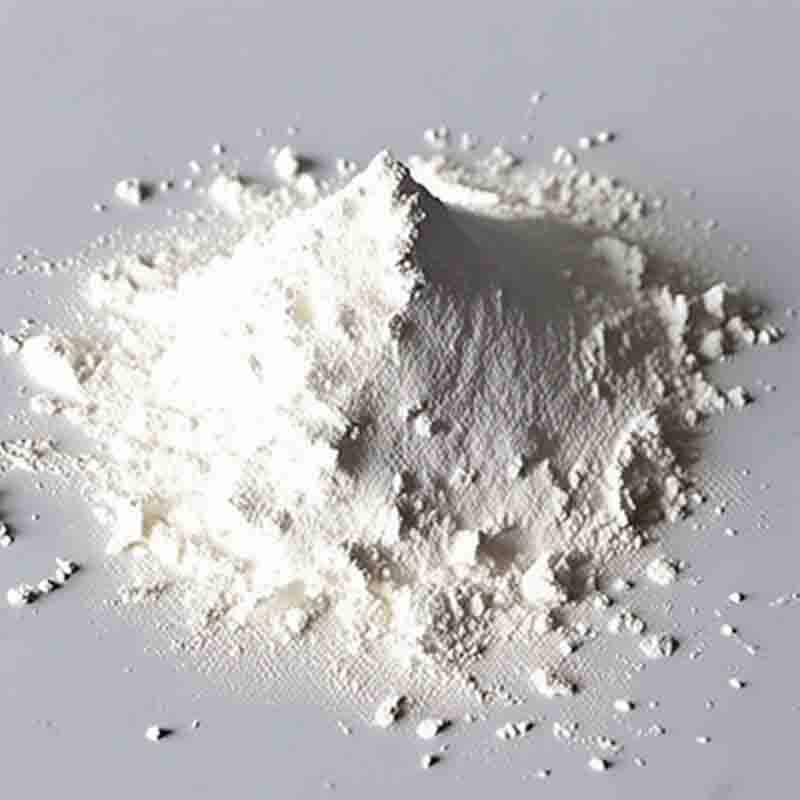
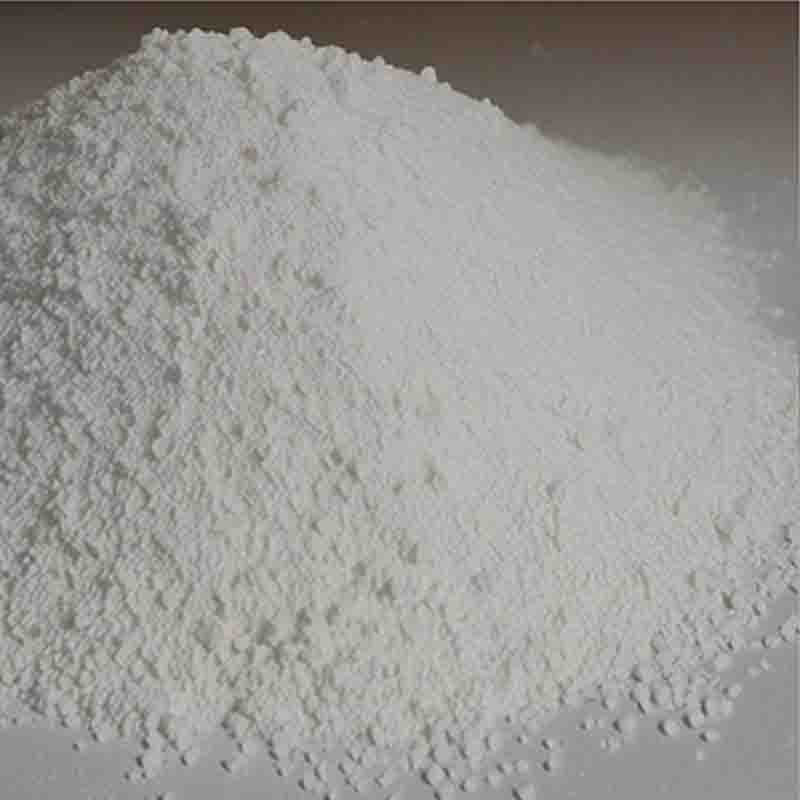
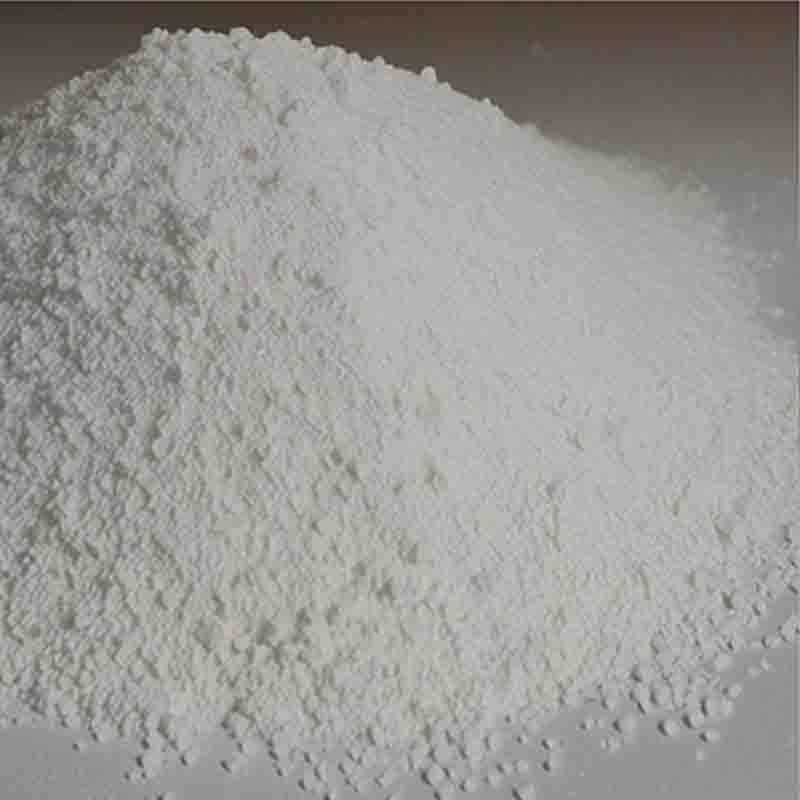
![2-[(2R)-2-hydroxy-3-{[4-(3-oxomorpholin-4-yl)phenyl]amino}propyl]-1H-isoindole-1,3(2H)-dione CAS: 446292-07-5](https://cdn.globalso.com/xdbiochems/白色粉末1043.jpg)
